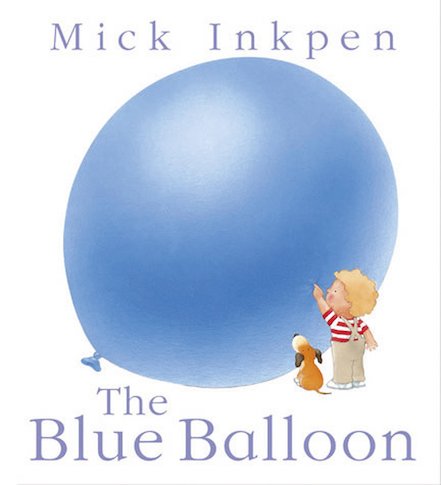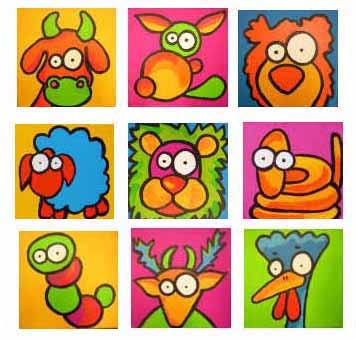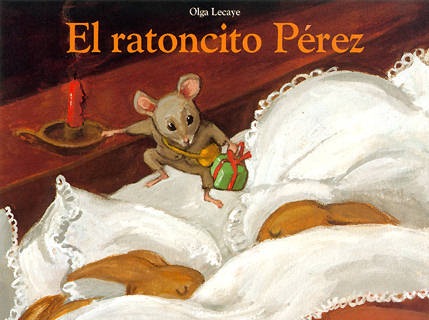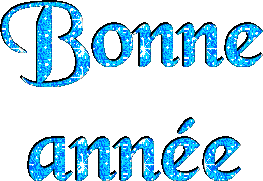This series of blogs is an additional support mechanism for these colleagues,as they can't be in each others classroom and as a team we meet once per half term for a twilight CPD,So you can hopefully see that these blogs (with a cup of tea and a biscuit back at home) offer them an insight in to each others classrooms and schools.
So far this term I have observed Ana and target language teaching and learning with Y4 and also Y3 and Janet W with aYear 5 class where the whole school is starting off on a language learning journey together.Today I have observed Year 5 and also Year 4 Spanish in a local Warrington Primary School.
Meet Senora Hornby (Joanne) and her snowman song in Spanish with Year 5!
Each teacher's style is different and suits their personality and their approach to the classroom and Joanne loves to music, drama and performance to enhance the language learning in the primary classroom.
I first met Joanne as an ITT at Hope University on a PGCE Primary Languages Specialist course, when I delivered an afternoon in about 2006-7 on Drama and Language Learning.Her second placement was in Warrington and she stayed at the school as a primary class teacher and now works with us a language teacher in one of our network schools.the school is more than fortunate as not only does it have Joanne , but also Senor Artingstall - who was also an ITT PGCE Primary Languages Specialist from Hope and now the Languages Coordinator in school and Year 5 class teacher.Thanks to Robert the school had an excellent platform in Spanish upon which Joanne has been able to build.Robert still teachers his own class Spanish though - of course !He loves teaching the language!
Unfortunately I missed the lesson with the children in Year 5 due to snow,sleet etcetera - but the Year 5 children and Senora Hornby shared with me the song they has created and the language they have been practising!I have to add too that this performance was observed by the School SIP and the Languages Coordinator too!!
Over the last couple of weeks the Year 5 children have been focusing upon healthy eating and fruits , vegetables and buying items from the market , baaed on the JLN SOW .
Today Joanne had done what I always love to see - made the style of learning and the creative outcome her own! She gave the children ownership of the language and they created a beautiful performance .Did I say it was sleet- snow today - so how appropriate- during the lesson the children had been focusing on creating a snowman with fruit and vegetables for parts of the body! I think Joanne was rightly pleased with the results!! (Certainly looks so in the photo!)
- Joanne had practised and revisited key language for fruits and vegetables
- The class had listened to her sing her version of the Build me a snowman from Frozen and had identified the fruits and vegetables she had added in her sentences about the snowman's body.
- the children had read the song with her and decided upon possible missing items ti make the missing parts of the body
- The children had learnt her version of the song with her.....
- And finally had created their own versions that they came out to the front and sang in groups for the class.
- a warm up greetings song
- a quick practise of parts of the body
- a rendition of Joanne's song
- and finally the class singing the song but volunteers deciding upon which fruit / vegetable item to use for the parts of the body and singing these items on their own in that part of the song!
- Sheer delight of the children in singing for an audience
- Confidence in singing Spanish
- Accuracy in pronunciation and intonation
- Whole class participation
- A sea of hands to be the volunteers with their own words for the gaps
- Sharing between colleagues , as the Languages coordinator went away deciding to try this with his parallel Year 5 later in his Spanish lesson
- A impressed SIP - who wanted to look more closely at the links between languages and literacy !
























































